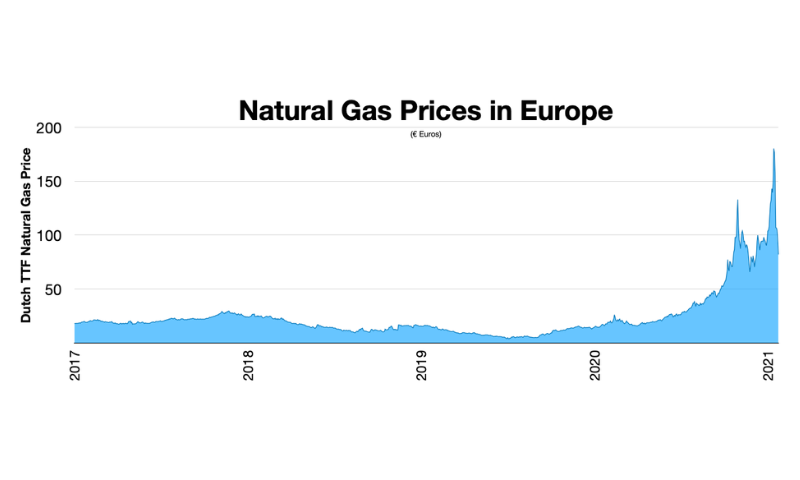Ekaterina Zolotova
Financial Mirror, Sept. 24, 2022
“This leaves Europe with two options: muddle through, or compromise with Russia. Already, there are indications that Europe is investigating the latter.”
It’s autumn in Europe, which for European farmers means it’s time to start placing orders for fertilizer for the spring.
Of course, prices have been much higher recently. World nitrogen prices are up significantly since the start of 2021, driven by elevated demand for agricultural produce and pandemic-related supply disruptions.
European prices of natural gas – a factor in nitrogen-based fertilizer production – since the second half of 2021 have shot up by even more. And the elevated price of nitrogen fertilizers has already pushed purchasers toward phosphorus or potash fertilizers, bringing their prices to multiyear highs as well. Then, in February 2022, Russia’s invasion of Ukraine was added to the mix.
Higher energy and fertilizer prices means higher food prices, without a fanciful surge in output or state intervention. This will increase the risk of social unrest in Europe, a major concern for European governments and the European Union.
It’s clear that Europe must do something, but the most important factors in the soaring costs are the war in Ukraine and – indirectly, in the case of fertilizers – Western sanctions against Russia. For Moscow, one of the world’s largest producers of natural gas and nitrogen fertilizers, this is crucial leverage, which it will use to try to extract significant concessions on sanctions. Europe’s next best alternative — finding supplies somewhere else in the next few months – is unlikely to pan out, and it may eventually have to give the Kremlin some of what it wants. … SOURCE


